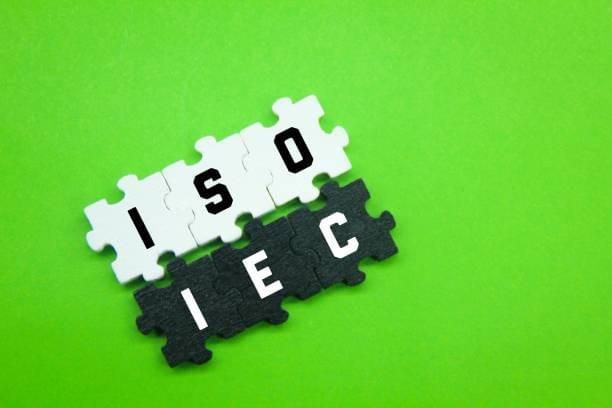Introduction
In the complex world of electrical engineering, standards play a crucial role in ensuring safety, reliability, and compatibility of electrical equipment. Two prominent standards bodies, IEC (International Electrotechnical Commission) and UL (Underwriters Laboratories), have developed comprehensive guidelines that shape the design and implementation of electrical systems worldwide. This blog post will explore the key differences between IEC and UL standards, providing insights into their unique approaches to electrical system regulation.

Understanding the Scope of Standards
UL Standards: Prescriptive and Detailed
UL standards are known for their extremely detailed and prescriptive approach to equipment design. For instance:
- UL845 covers motor control centers for voltages up to 600V
- UL891 addresses low-voltage switchboards with specific dimensional and structural requirements
- Provides explicit rules about:
- Ventilation openings
- Barriers and shields
- External housing materials
- Material thickness
- Door design and dimensions
- Hinge specifications
IEC Standards: Performance-Based Approach
In contrast, IEC standards (such as IEC 61439-1) take a more performance-oriented approach:
- Focus on proving equipment suitability through testing
- Use general statements like "capable," "suitable," and "sufficient"
- Rely on material performance rather than prescribing exact specifications

Key Differences in Regulatory Approach
Construction and Design Requirements
- UL: Provides extensive, specific design rules ensuring consistent minimum standards
- IEC: Offers more flexible guidelines focused on overall performance and functionality
Protection and Safety Considerations
- ANSI/UL: Specify detailed protection levels (e.g., dust ingress prevention)
- IEC: Emphasize preventing direct and indirect contact through methods like Safety Extra Low Voltage (SELV)

Advantages and Limitations
UL Standards Pros and Cons
Pros:
- Consistent baseline for equipment capabilities
- Reduced likelihood of poor design
- Clear, reproducible standards
Cons:
- Limited room for innovative design
- Potentially restrictive to technological advancement
IEC Standards Pros and Cons
Pros:
- More flexible approach
- Encourages innovative solutions
- Adaptable to different technological contexts
Cons:
- Less prescriptive guidance
- Potential variability in implementation
Conclusion
While both IEC and UL standards aim to ensure electrical system safety and reliability, they approach this goal differently. UL standards provide detailed, prescriptive guidelines, whereas IEC standards focus on performance-based testing and more flexible design principles.
Engineers and manufacturers must understand these differences to effectively design and implement electrical systems that meet international safety requirements. The choice between adhering to UL or IEC standards often depends on specific project requirements, regional regulations, and intended application.
